
past
POLAROIDS FROM THE PAST
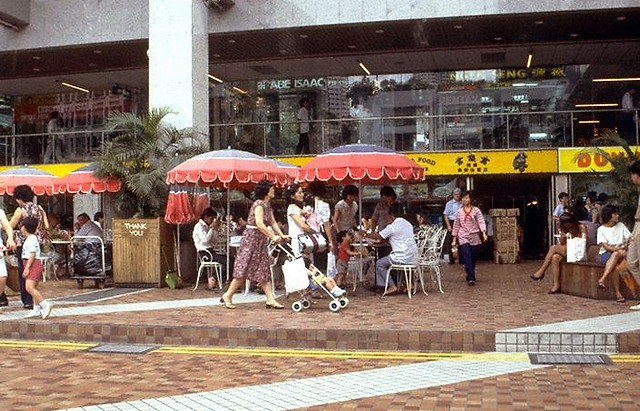
The hype around Far East Plaza was sustained through the first two decades since its opening.
Along with The Centrepoint, it was a popular hangout for youth in the 1980s and 1990s; the tenants we interviewed, such as Silotos Tailor, Ming’s Jewel, and Johnny Two Thumb Tattoos, described how the walkways were so crowded that they had “people spilled into their shops”.

Among the weekend shoppers, couples, families, and tourists who visited the mall, some stood out.
They were dressed in a similar style -- grey and black Japanese-inspired drabs, with short hair gelled to stand like spikes, and studded sandals or ankle boots. Other tell-tale signs were tin badges that they wore, or T-shirts with New Wave groups emblazoned across them.
They were known as the Far East Kids. The public thought them punks - but most were just young people who enjoyed experimenting with fashion and meeting other youth with the same interests.
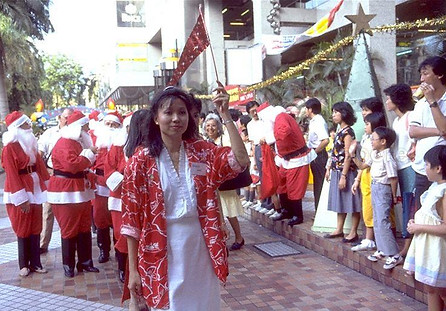

The mall once held many events which were popular amongst shoppers, such as Christmas parades during the festive period.
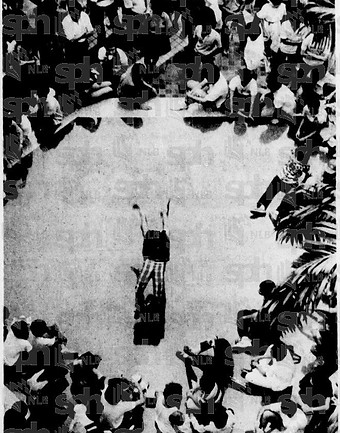
It was also where thousands of people would gather to watch breakdancers, the most notable instance being a breakdance demonstration organised by DBX Audiophile Lab, a record store that no longer exists in Far East Plaza.
In 1984, the police had to be called in to break up the crowd of more than 3000 people after the mall’s security officers failed to get them to disperse.
Metro was the anchor tenant when Far East Plaza opened. People visited the mall for the large variety of affordable, trendy fashion shops.
Many of these shops sold items sourced from neighbouring countries, a business model which worked as travelling was less accessible to the masses then due to expensive airfares.


Far East Plaza was also where well-known foreign food and beverage chains such as Wendy’s, Famous Amos and A&W, set up shop.
For Wendy’s and Famous Amos, their Far East Plaza outlets marked their entrance into the local market. These foreign brands were seen to offer premium products which made them novel and exciting for visitors to Far East Plaza.


The mall slowly fell out of favour with the trends. As the crowds migrated to newer malls, businesses’ sales decreased and many shuttered their doors.
Wendy’s, Famous Amos, Metro, 77th Street, and many of the original tenants did not renew their lease; the owner of Ming’s Jewel estimates that only about 30 of the 600 units are rented by the first batch of tenants.
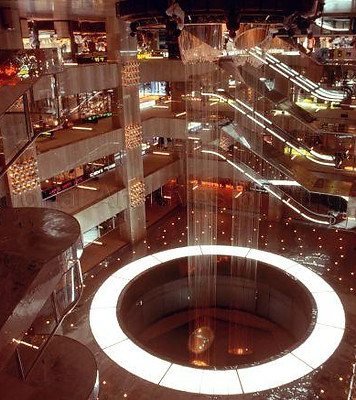
The management has made efforts to revamp the mall and inject more life to the space. For example, the mall’s basement level was renovated in 2002, a project that cost $8 million and took four months to complete.
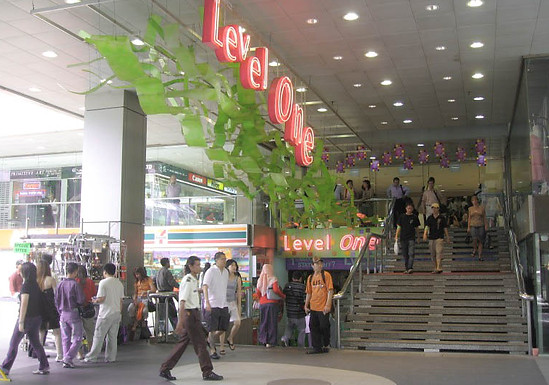
The basement was renamed Level One and launched as a new business concept with 90 stores.
In a newsletter circulated among business owners in 2002, the management advised shop owners to work towards a common theme of making Far East Plaza the Little Tokyo of Singapore to “compete with similar concepts in the young fashion zone like The Annex @ The Heeren Singapore…[and] The Atrium @ Plaza Singapura”. The basement underwent another revamp around 2014 and about 10 blogshops were invited to set up physical stores.

However, most of them closed after about two years. Now, most of the units in the basement are unoccupied; those that still operating are mainly food and beverage businesses.
A majority of the shop owners we interviewed cited Far East Organization’s failure to renovate the mall as one reason why crowds gradually stopped returning to the mall.
For the most part, Far East Plaza looks as it did when it first opened.
The escalators with mirror surfaces featured in Bowie’s recording are still the same ones running today, only they look duller than before, the reflections darkened by age.